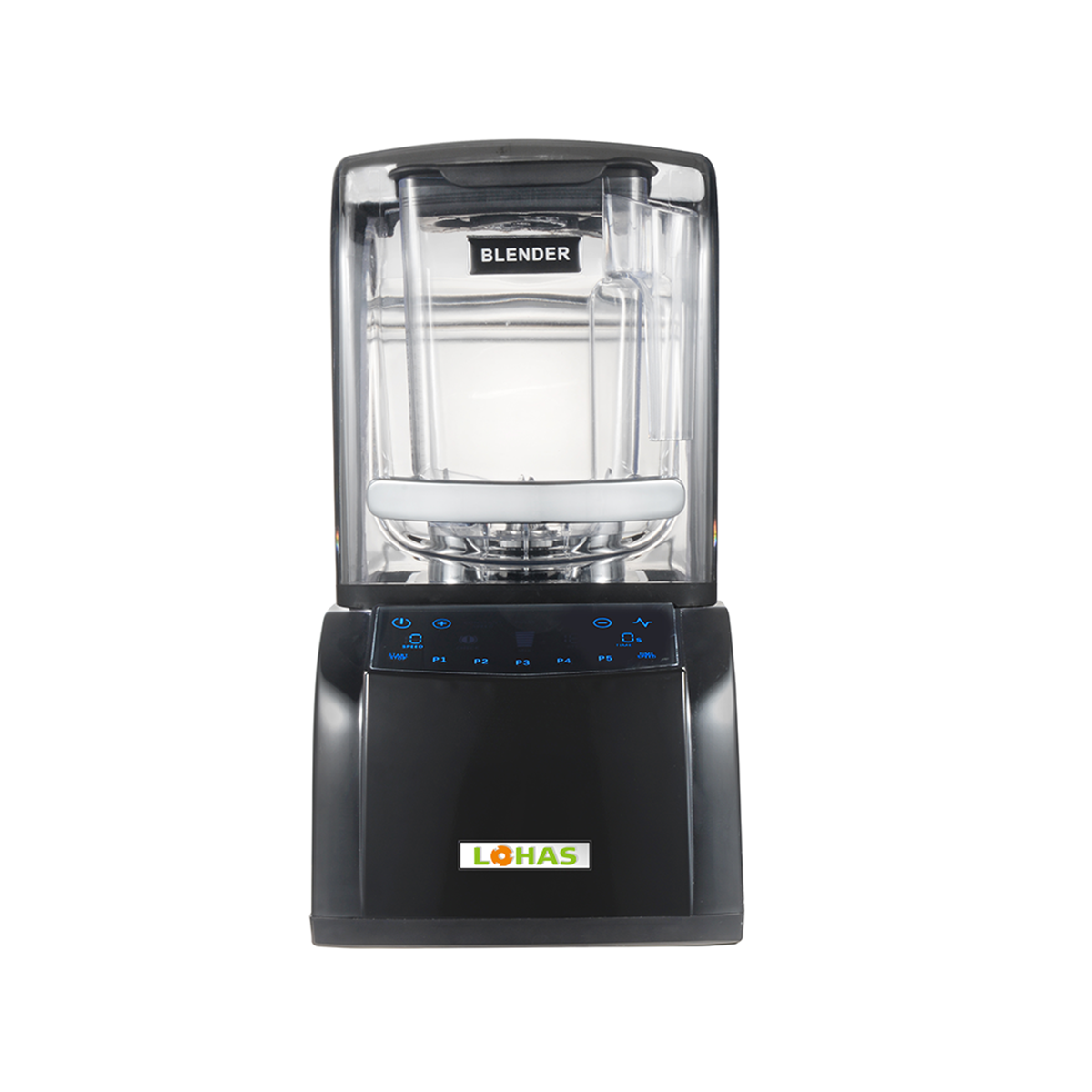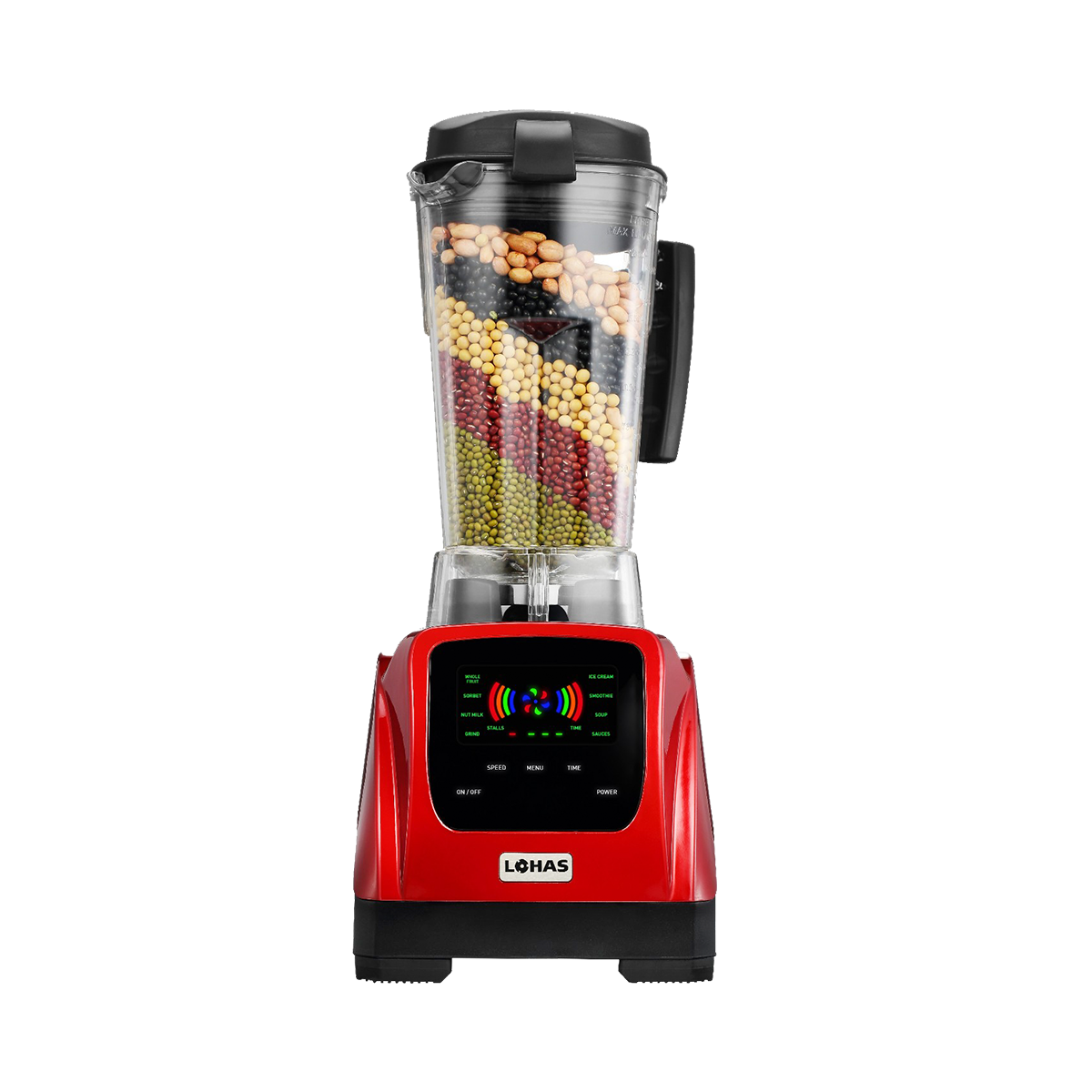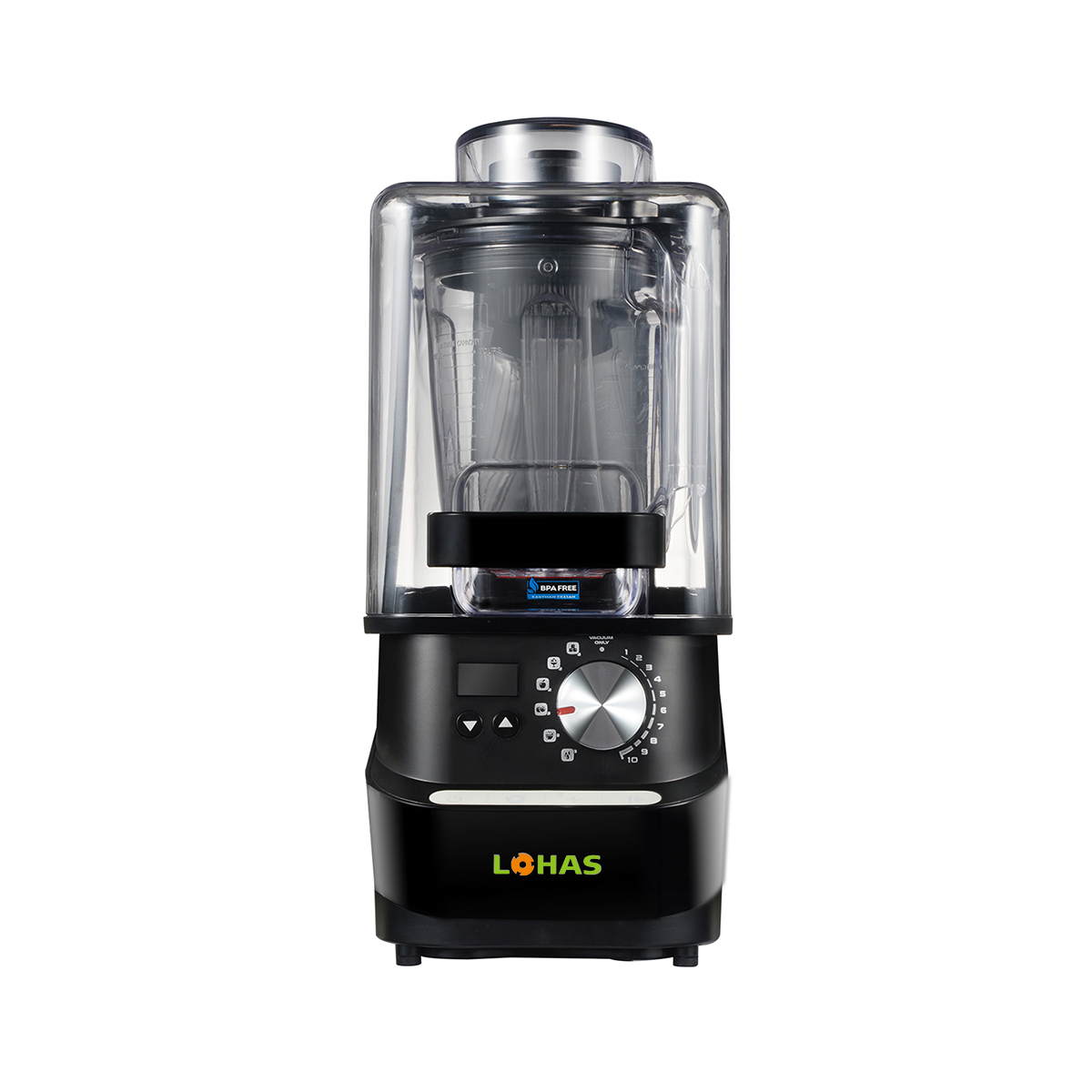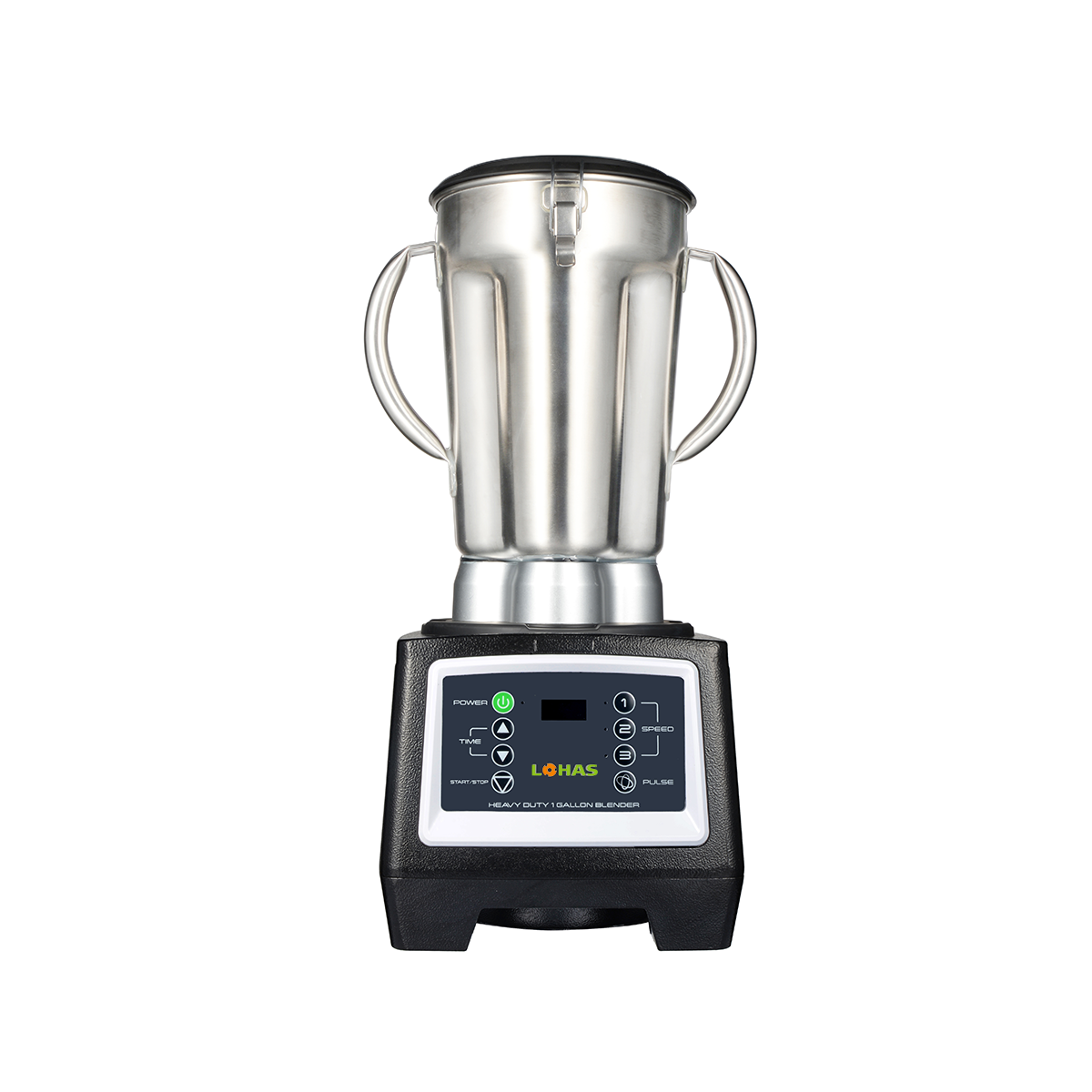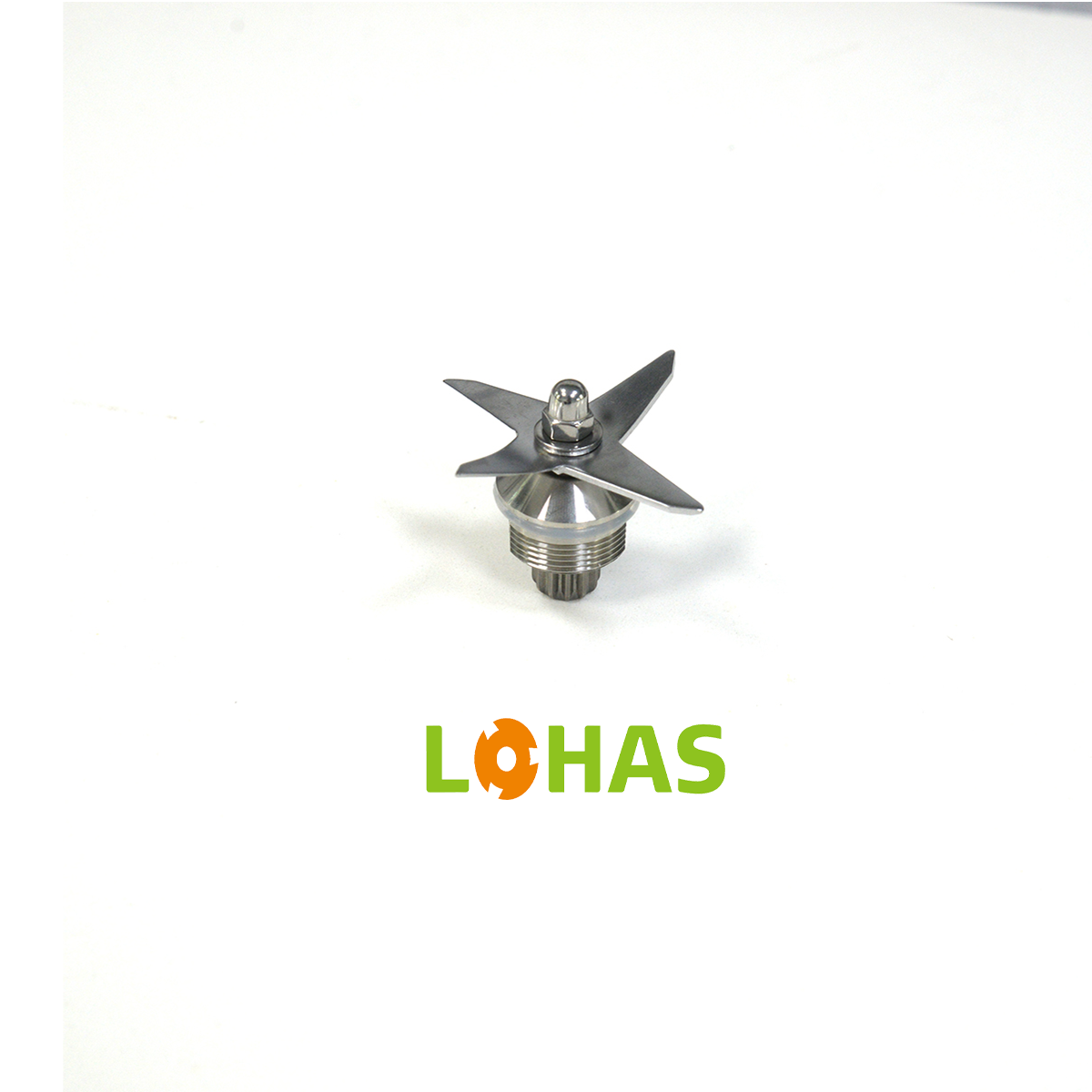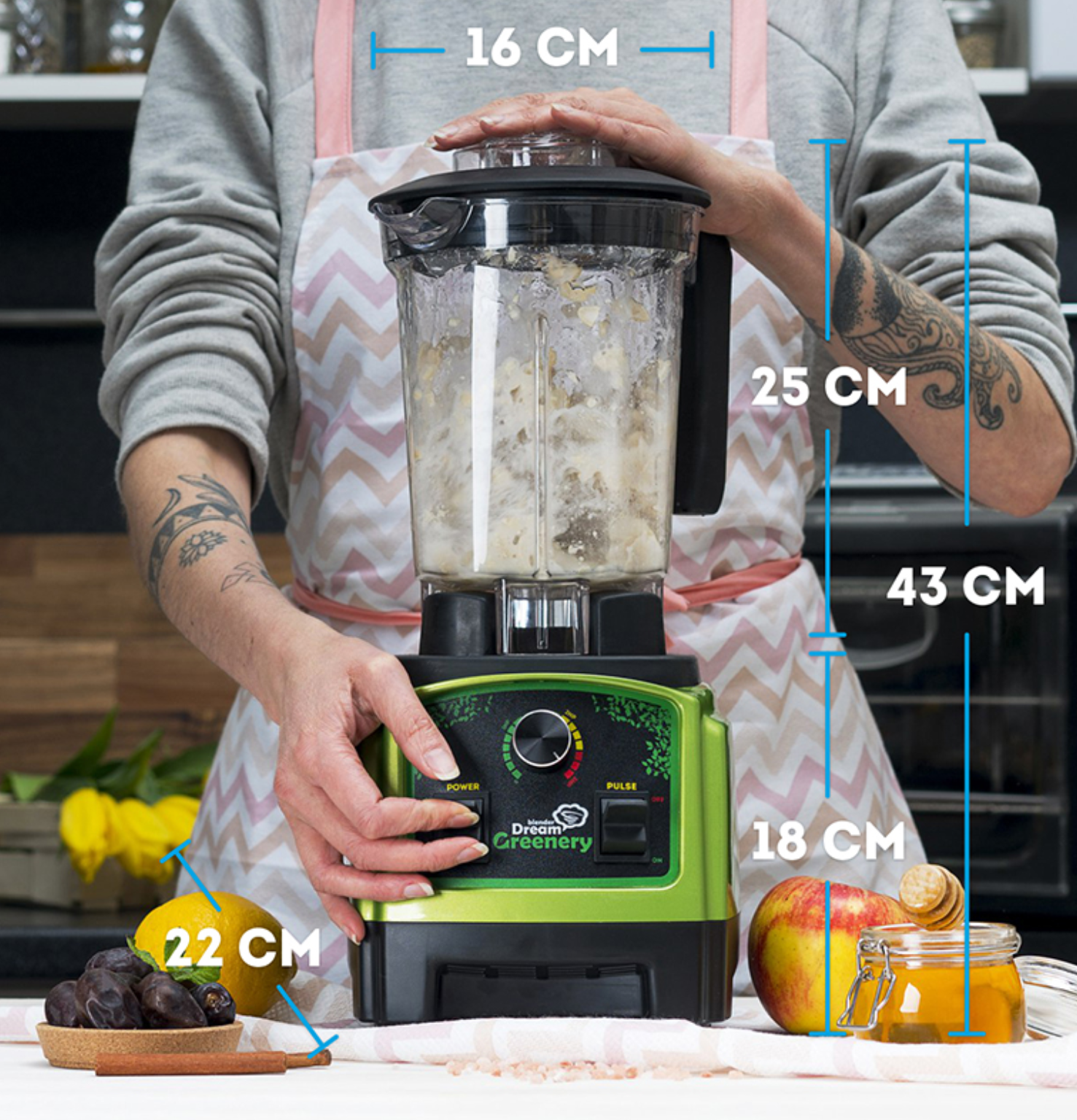Essential Hand Blender Characteristics for Modern Kitchen Enthusiasts
Selecting the perfect hand blender can transform your daily cooking experience from mundane to extraordinary. These versatile kitchen tools have evolved significantly over the years, offering an impressive array of hand blender features that cater to diverse culinary needs. Understanding which capabilities truly matter can help you make an informed decision and ensure your investment brings value to your kitchen adventures.
Today's market offers an overwhelming variety of options, from basic models to sophisticated units packed with innovative technology. Whether you're a casual home cook or an ambitious culinary enthusiast, knowing which features align with your specific needs will guide you toward the ideal choice.
Core Performance Elements
Motor Power and Speed Settings
The heart of any hand blender lies in its motor power. A robust motor, typically ranging from 200 to 1000 watts, determines the unit's ability to handle different ingredients efficiently. Premium models often feature variable speed settings, allowing precise control over blending intensity. This versatility proves invaluable when processing everything from soft herbs to frozen fruits.
When evaluating hand blender features, consider that higher wattage doesn't always translate to better performance. The key lies in finding a balance between power and control, ensuring smooth operation across various cooking tasks.
Blade Design and Material Quality
Superior blade construction significantly impacts blending efficiency and longevity. Stainless steel blades with multiple cutting edges offer optimal performance, while specialized blade geometries can enhance crushing and chopping capabilities. Some advanced models feature detachable blades for easier cleaning and maintenance.
The durability of blade materials directly influences long-term satisfaction with your hand blender. High-grade stainless steel resists corrosion and maintains sharpness, ensuring consistent performance over time.
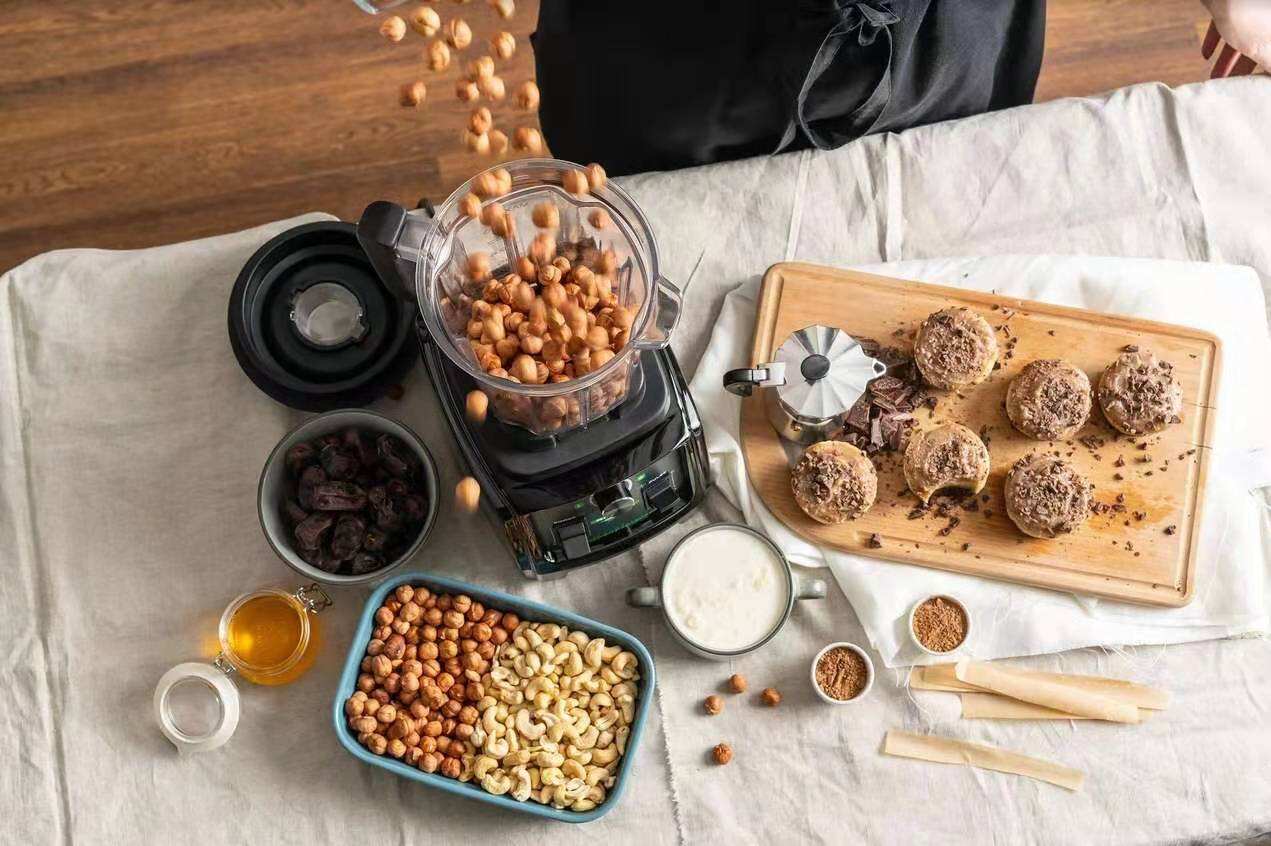
Ergonomic Design Considerations
Grip Comfort and Control
Extended blending sessions demand comfortable handling. Ergonomic design features include soft-touch grips, balanced weight distribution, and strategically placed control buttons. These elements work together to reduce hand fatigue and enhance user control during operation.
Look for models with non-slip surfaces and intuitive button placement, as these hand blender features contribute significantly to safety and ease of use. The best designs allow for natural hand positioning while maintaining firm control over the device.
Weight and Balance Distribution
A well-balanced hand blender makes food preparation more enjoyable and less tiring. The ideal weight varies based on individual preference, but most users find models between 1.5 to 2.5 pounds offer the best compromise between stability and maneuverability.
Consider how weight distribution affects handling during different tasks. Top-heavy models might prove challenging for precise work, while well-balanced units allow for better control and more consistent results.
Versatility and Attachments
Multi-purpose Accessories
Modern hand blenders often come with various attachments that expand their functionality. Common accessories include whisk attachments for beating eggs and cream, chopper bowls for processing smaller quantities, and beakers for smooth blending. These additions transform a simple blending tool into a versatile kitchen assistant.
When evaluating included attachments, consider which ones align with your cooking habits. Quality hand blender features should include easily interchangeable accessories that enhance rather than complicate your cooking process.
Storage Solutions
Practical storage solutions for both the main unit and accessories contribute to kitchen organization. Look for models that offer wall mounts or compact storage cases. Some manufacturers design their attachments to nest together, minimizing the space required for storage.
Consider how different storage options fit your kitchen layout. Effective storage solutions ensure all components remain easily accessible while protecting them from damage.
Maintenance and Durability
Cleaning Convenience
Easy cleaning is crucial for any kitchen tool's regular use. Dishwasher-safe components and detachable parts significantly reduce maintenance time. Some advanced models feature special coatings that resist food sticking, making cleanup even simpler.
Pay attention to how different hand blender features affect cleaning efficiency. Sealed buttons prevent food particles from becoming trapped, while smooth surfaces are easier to wipe clean.
Build Quality and Warranty
Investment in a well-constructed hand blender typically pays off through extended service life. Quality indicators include solid construction materials, tight component fitting, and comprehensive warranty coverage. Leading manufacturers often offer warranties ranging from one to five years, reflecting confidence in their products.
Research warranty terms and customer support reputation when evaluating different models. Strong warranty coverage often correlates with superior build quality and manufacturer commitment to customer satisfaction.
Smart Technology Integration
Digital Controls and Displays
Advanced hand blender features now include digital interfaces that provide precise control over speed and function settings. LED displays can indicate speed levels, battery life for cordless models, and even processing time. These smart features enhance user experience and consistency in food preparation.
While not essential for basic blending tasks, digital controls can offer advantages for more complex recipes requiring precise speed control or timing.
Safety Features
Modern hand blenders incorporate various safety mechanisms to protect users. These might include splash guards to prevent ingredient splatter, safety locks to prevent accidental activation, and thermal protection to prevent motor burnout. These features contribute to both user safety and appliance longevity.
Consider which safety features matter most for your intended use. Parents might prioritize additional safety locks, while frequent users might value thermal protection more highly.
Frequently Asked Questions
How much should I expect to spend on a quality hand blender?
Quality hand blenders typically range from $40 to $200, with mid-range models offering the best balance of features and value around $80-120. Professional-grade models with advanced features and accessories may cost more but often justify their price through superior performance and durability.
What wattage is sufficient for most cooking tasks?
For most home cooking needs, a hand blender with 400-600 watts provides adequate power. This range handles common tasks like pureeing soups, making smoothies, and chopping vegetables. Higher wattage becomes important only for frequent heavy-duty use or processing harder ingredients.
How long should a good hand blender last?
With proper care and maintenance, a quality hand blender should last 3-5 years of regular use. Premium models with better build quality and materials can extend this lifespan to 7-10 years. Regular cleaning, proper storage, and avoiding overload contribute significantly to longevity.

